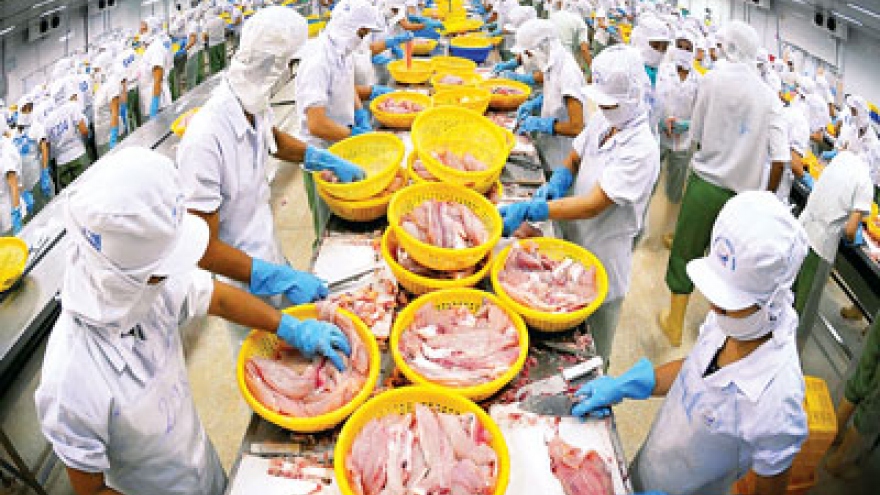Setting pesticide reduction as national policy goal
VOV.VN - Not many farmers in mainstream agriculture place high priority on pesticide reduction, said Hoang Thanh Van of the Ministry of Agriculture and Rural Development (MARD) recently in a speech at business forum in Hanoi.
 |
But our goal as a society should be to reduce pesticide use across the board in all segments of the industry, Mr Van, who is the Director of MARD’s Livestock Production Department, told the audience.
Why should we reduce pesticide use?
Farmers use pesticides for a variety of good reasons, he noted, such as to control weeds, insects, rodents, and other pests. But given their origin, toxicity, and broad—even profligate—application, they represent a high risk to human health.
We must as a nation use such chemicals sparingly and constantly move toward more modern, non-chemical options for controlling pests that pose a threat to agricultural food production.
Many such methods are already available, profitable, and provide multiple benefits in addition to food safety, said Mr Van, adding that they promote cleaner, safer environments and water supplies.
Regulatory systems not sufficiently protective
In theory, Mr Van said determining safe levels of pesticides, issuing regulations regarding their use and enforcing the laws sounds simple enough but is immensely complex in actual practice.
He spoke at length about the many failures in enforcement that undercut the effectiveness of pesticide regulation emphasizing that it just isn’t possible to rely on government inspectors to solve the problems of pesticide abuse among the tens of millions of smallholder farmers.
Set pesticide reduction as national policy goal
He suggested that the nation set pesticide reduction as a national policy goal.
If reducing pesticide use were adopted as a national goal, the National Assembly could use non-regulatory levers to create incentives for pesticide reduction. Ministries could factor the potential for pesticide reduction into research priorities for livestock, poultry and fish production.
Ministries and other local governmental authorities could also establish fellowships in non-chemical pest management or sponsor field days where farmers could share successful strategies for reducing pesticide use.
It’s even possible for the government to set a quantitative national goal for pesticide reduction – such as 25% over the next five years – and devise a multifaceted program to meet that goal.
These and other ideas could help the agriculture segment of the economy significantly reduce the use and abuse of chemical pesticides, making them the last resort rather than the ordinary course of business.
At a minimum, setting pesticide reduction as a goal would help explicitly make what scientists and researchers already know—pesticides are a class of chemicals so dangerous the less they are used, the better.
Reducing pesticide use should be the linchpin of Vietnam agricultural policy.


